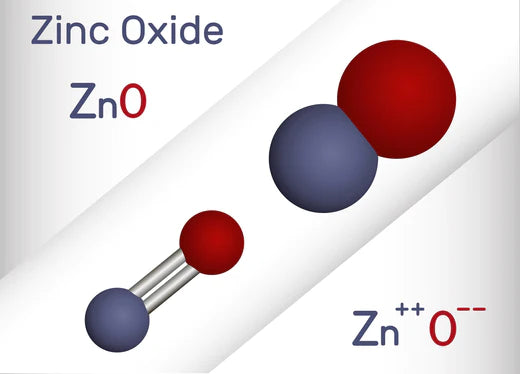Zinc Deficiency Symptoms
Zinc is essential for proper growth, proper immune functioning, gut integrity, and sexual development. A deficiency in this mineral can lead to a wide variety of physical ailments.
Zinc deficiency is characterized by:
· Growth retardation
· Poor immune function
· Loss of appetite
· Hair loss
· Diarrhea
· Impotence
· Decreased sense of smell and taste
· Lack of alertness
· Poor wound healing
· Unexplained weight loss
· Age-related macular degeneration
Zinc Sources - How to Increase Zinc in the Body
Food High in Zinc
Zinc is an essential nutrient found in a variety of foods. It is very important in several aspects of cellular metabolism and is required for the catalytic activity of over 200 enzymes. The content of zinc varies greatly depending on the food source. Below is a list of food sources that contain zinc. They are listed from the highest concentrations to the lowest concentrations.
· Oysters
· Beef chuck roast
· Alaskan King crab
· Ground beef
· Lobster
· Pork chop
· Chicken thigh/leg
· Wheat germ
· Wild rice
· Pumpkin seeds
· Cashews
· Chickpeas
· Almonds
· Kidney beans
· Green peas
· Flounder
Zinc Supplementation & Absorption
The more of a mineral you absorb into your bloodstream, the less of it that ends up in your stool, and the greater the opportunity for it to do its work in your body. With most forms of Zinc, the compound needs to be separated from the element. Liquid forms of zinc bypass that and also bypass absorption problems. Liquid forms need a smaller dose for therapeutic use, pass into circulation faster, offer a higher dose in a smaller quantity, can adjust dose easier without having to halve a pill or capsule, and reach stomach acid faster.
Recommended Dosage - How Much Zinc Per Day?
The RDA for zinc is 11 mg/d for adults over eighteen years. Although the RDA is the amount needed to prevent a deficiency, it’s not necessarily a therapeutic amount. In time of viral infection, increase dosage. The tolerable upper limit for zinc is 40 mg/d in the same population, but even that is often exceeded in active infection, especially where recruitment of zinc metallothionein is desired for virus treatment. Because of its nano-particle size, Greater Mood and Wellness Probiotic Broad Spectrum has the capacity to enter systemic circulation without having to be otherwise broken down. From foods, about fifteen percent to forty percent of zinc is absorbed.
The Bottom Line on Zinc
Zinc is an essential trace element and clearly critical for our health. In most instances, the better that a mineral is absorbed, the fewer the side effects, which are often GI symptoms such as constipation or diarrhea. Whichever form you choose, we recommend taking Zinc with food because zinc is notorious for causing nausea on an empty stomach.

